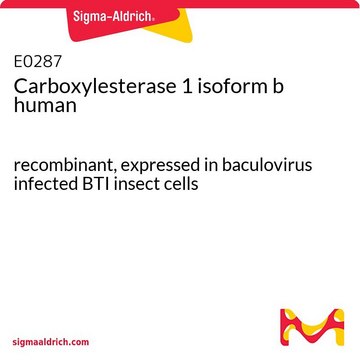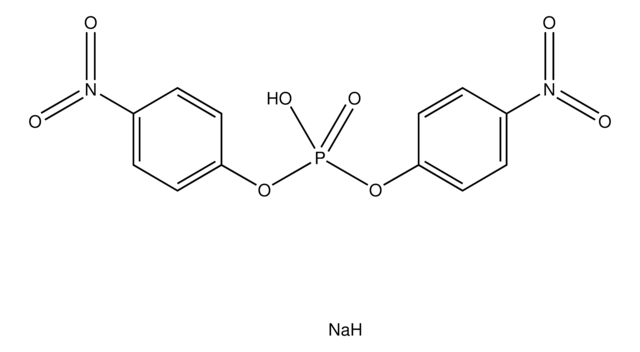E5406
Ethopropazine hydrochloride
≥98% (HPLC), powder
Sinónimos:
Dibutil hydrochloride, Parkin
About This Item
Productos recomendados
Nivel de calidad
Análisis
≥98% (HPLC)
formulario
powder
condiciones de almacenamiento
desiccated
color
white
solubilidad
DMSO: >5 mg/mL at ~60 °C, clear
temp. de almacenamiento
2-8°C
cadena SMILES
Cl[H].CCN(CC)C(C)CN1c2ccccc2Sc3ccccc13
InChI
1S/C19H24N2S.ClH/c1-4-20(5-2)15(3)14-21-16-10-6-8-12-18(16)22-19-13-9-7-11-17(19)21;/h6-13,15H,4-5,14H2,1-3H3;1H
Clave InChI
VXPCQISYVPFYRK-UHFFFAOYSA-N
Información sobre el gen
human ... CHRM1(1128)
¿Está buscando productos similares? Visita Guía de comparación de productos
Descripción general
Acciones bioquímicas o fisiológicas
Características y beneficios
Palabra de señalización
Warning
Frases de peligro
Consejos de prudencia
Clasificaciones de peligro
Acute Tox. 4 Oral
Código de clase de almacenamiento
11 - Combustible Solids
Clase de riesgo para el agua (WGK)
WGK 3
Punto de inflamabilidad (°F)
Not applicable
Punto de inflamabilidad (°C)
Not applicable
Equipo de protección personal
dust mask type N95 (US), Eyeshields, Gloves
Certificados de análisis (COA)
Busque Certificados de análisis (COA) introduciendo el número de lote del producto. Los números de lote se encuentran en la etiqueta del producto después de las palabras «Lot» o «Batch»
¿Ya tiene este producto?
Encuentre la documentación para los productos que ha comprado recientemente en la Biblioteca de documentos.
Los clientes también vieron
Artículos
Acetylcholine is synthesized from acetyl coenzyme A and choline by the enzyme choline acetyltransferase. In addition to its synthesis in the liver, choline employed in acetylcholine production is derived from dietary sources.
Nuestro equipo de científicos tiene experiencia en todas las áreas de investigación: Ciencias de la vida, Ciencia de los materiales, Síntesis química, Cromatografía, Analítica y muchas otras.
Póngase en contacto con el Servicio técnico










